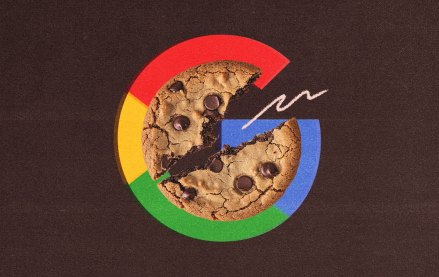How Thought Catalog uses Instagram to drive e-commerce
For many publishers, Instagram is becoming their top social platform after Facebook. Thought Catalog is no exception.
Rather than relying on branded content to monetize its Instagram users as Bustle and Attn have done, though, Thought Catalog uses Instagram to push users to its e-commerce site, Shop Catalog, where it sells its books. Over the past month, Shop Catalog got about 60 percent of its sales from users who came to its e-commerce site this way and bought books like its recent $40 title, “Luminescence,” said Thought Catalog CEO Chris Lavergne.
Thought Catalog — a millennial-aimed site that publishes articles like “21 Signs You’re A Boss Bitch Who Takes No Shit” and “33 Ways Your Boyfriend Is Micro-Cheating (And Totally Getting Away With It)” — started stepping up its focus on Instagram after getting its account verified in January.
That was important because verified Instagram accounts can add links to their Instagram Stories. Thought Catalog relies on these links to send users to its e-commerce site. Lavergne wouldn’t say how much revenue Thought Catalog gets from e-commerce. But he claimed that it was a “self-sustainable business that can support a staff of eight people.”
Being able to link out to its own properties was the catalyst that drove the publisher to devote more people to Instagram, Lavergne said. It hired three more photographers, for a total of five, to grow its Instagram presence. Since hiring the photographers, Thought Catalog has gotten more engagement on its Instagram content. In December, it got about 6,600 likes and comments per Instagram post, according to NewsWhip. In June, that figure was up to 8,800 likes and comments per post.
“We don’t just play around [on platforms] and hope for the best,” said Lavergne, noting that Thought Catalog doesn’t post content to Snapchat because as a non-Discover publisher, it can’t effectively monetize users on the platform. “We only truly move into platforms when we sense that they have a revenue opportunity.”
More in Media

Media Briefing: Efforts to diversify workforces stall for some publishers
A third of the nine publishers that have released workforce demographic reports in the past year haven’t moved the needle on the overall diversity of their companies, according to the annual reports that are tracked by Digiday.

Creators are left wanting more from Spotify’s push to video
The streaming service will have to step up certain features in order to shift people toward video podcasts on its app.

Digiday+ Research: Publishers expected Google to keep cookies, but they’re moving on anyway
Publishers saw this change of heart coming. But it’s not changing their own plans to move away from tracking consumers using third-party cookies.








